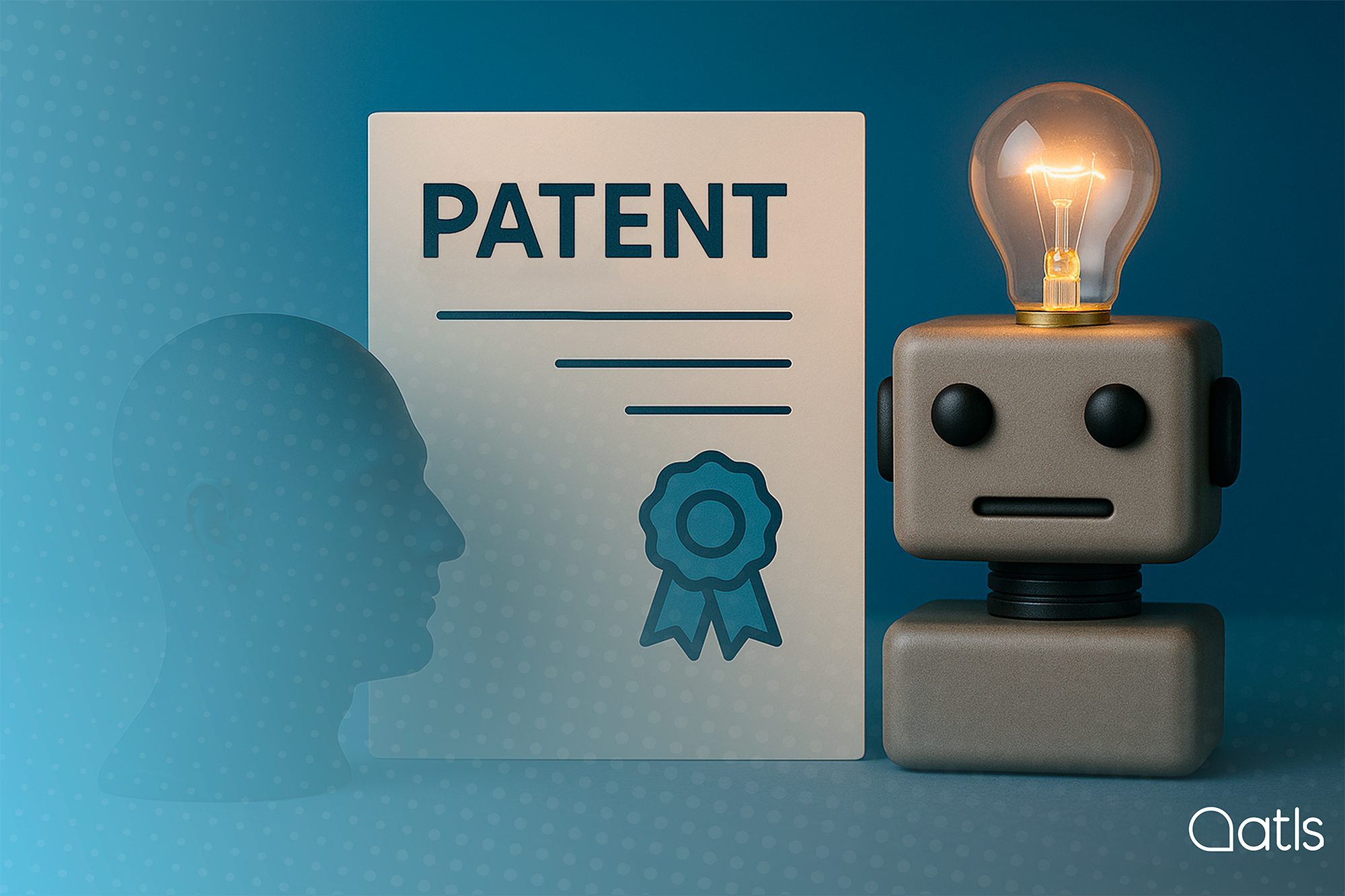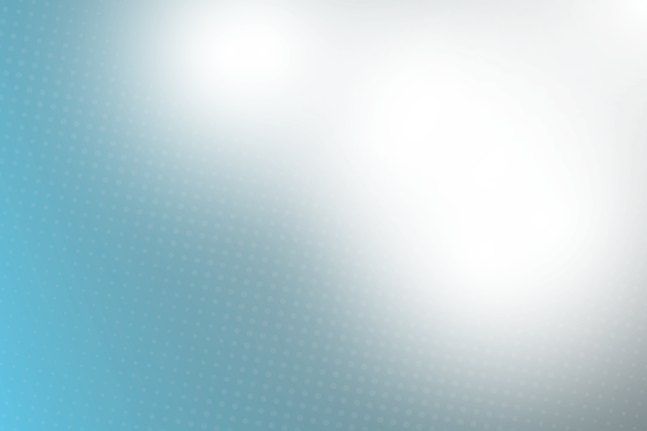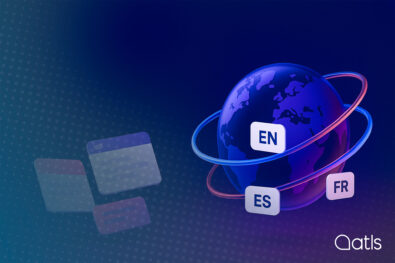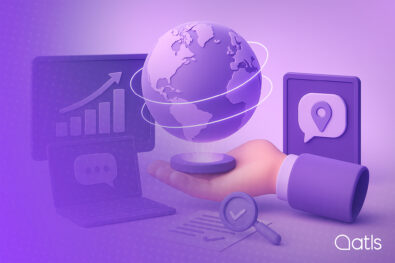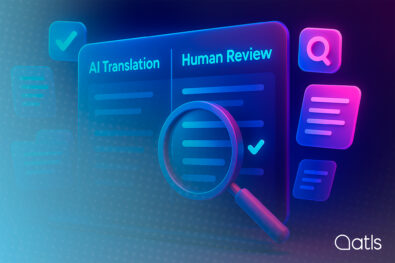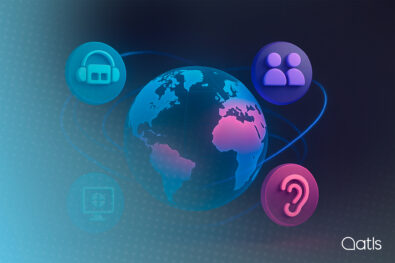In recent years, artificial intelligence has swept across many industries, transforming everything including customer service, medicine, content creation and, of course, translation. Tools such as ChatGPT and other neural machine translation systems have proven to be effective in general contexts, delivering fluent, understandable and increasingly natural translations. For informal emails, basic websites or even internal drafts, AI can be a considerable time-saver with results that at first glance may appear professional.
However, when the playing field changes and we get into highly specialised areas such as technical patents, the right question is no longer whether AI can translate that content but whether it really ought to. And the answer, at least for the time being, is pretty clear: in most cases, no.
Can AI translate a patent? Because translating a patent is not just a simple matter of language conversion. Rather, it is a complex task which calls for terminological accuracy, thorough understanding of the international and local legal framework, and absolute technical proficiency in the invention's specific field. These are qualities which, at present, only a specialised human translator can bring. AI can help, certainly, but it cannot replace.
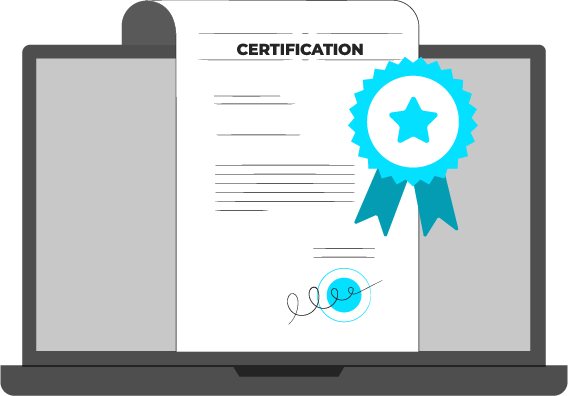
Translation of patents: a skill with no margin for error
Translating patents is not just another skill in technical translation: it is probably one of the most challenging and trickiest. Patents are legal documents with far-reaching technical and commercial implications. They are designed to legally protect unique inventions worldwide, which means that every word counts, every term must be used with surgical precision and any ambiguity must be avoided at all costs.
The language of a patent is carefully structured to unequivocally define the scope of the invention. The terminology used, both legal and technical, does not allow for synonyms or free interpretations: its purpose is to delimit exactly what is protected and how. A simple translation mistake, however slight it may seem, can alter the meaning of a claim, open the door to legal disputes, invalidate protection in a foreign country or lead to financial losses running into millions of euros.
Translating a patent is therefore not just a matter of proficiency in two languages. It calls for a sound technical background in the specific area of the invention, be it biotechnology, engineering, chemistry, pharmaceuticals or electronics, coupled with in-depth knowledge of the legal and regulatory frameworks of the countries in which the patent is to be registered. It is also crucial to comply with the formal structure required by the intellectual property offices of each jurisdiction such as the EPO (European Patent Office), the USPTO (United States Patent and Trademark Office) and the CNIPA (China National Intellectual Property Administration).
Against this backdrop, the specialised human translator plays a key role in the process of internationalising an invention. It is not simply a matter of translating words but rather of accurately safeguarding the intellectual property rights of an innovation in any language and under any legal system.
What can (and can't) AI do?
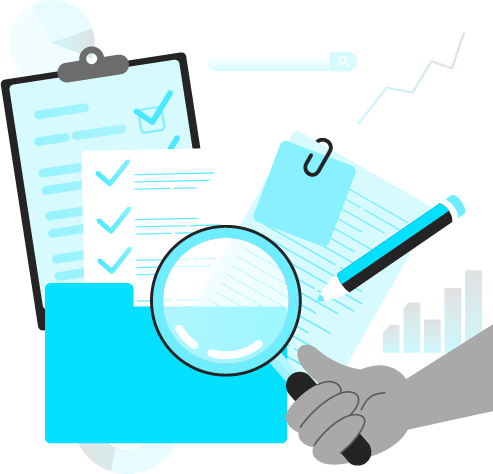
Artificial intelligence has proven to be a powerful translation tool. Models such as ChatGPT and other neural machine translation solutions can process huge volumes of information and generate texts with an acceptable grammatical, and even natural, structure in numerous languages. This is particularly handy in low-specialisation contexts or for preliminary and informative translations.
However, when it comes to specialised translation, as in the case of technical patents, its limitations are evident and in some cases dangerous. Here are some of the reasons why AI is not yet ready to take on these tasks on its own:
1. Failure to understand the legal and technical context
AI operates on the basis of statistical patterns and linguistic correlations but has no real understanding of the content it processes. This poses a huge risk in texts such as patents where a seemingly innocuous term can have a specific and binding legal connotation. For example, the term subject matter may seem trite to an AI and be translated in Spanish as “tema" or “asunto", both valid choices in a general context. However, in patent language, subject matter refers specifically to the technical content making up the invention and under legal protection. Translating it simply as "tema" can water down its legal and technical meaning, directly affecting the accuracy of the text and the scope of the protection sought. Without a thorough understanding of the context and without the intervention of a specialised translator, AI can make these seemingly minor mistakes yet which have critical consequences.
2. Inaccuracy and terminological inconsistency
Although AI models are trained on millions of texts, this does not ensure they use the most appropriate terminology or maintain strict terminological consistency throughout the document. In a patent, this consistency is not a stylistic luxury but rather a functional requirement: each technical term has to be repeated in exactly the same form to prevent ambiguity and make sure that the invention is accurately described. Lacking in-depth semantic criteria and specialised terminology control, AI may use variations or synonyms which are misleading or invalidate the scope of a claim.
3. Complete absence of professional liability
Unlike a human translator, who is legally accountable for their work and can justify every terminological or drafting decision, an AI offers no guarantees and is not liable for any mistakes made. In an environment where intellectual property rights, legal certainty and huge financial gains are at stake, this liability vacuum makes the exclusive use of AI a hazardous, if not outright negligent, gamble.
4. Ignorance of national and international regulations
Each patent office, whether the EPO, the USPTO, the INPI or the CNIPA, has specific formal and stylistic requirements on how documents are to be drafted and submitted. The way the claims are structured, the use of certain verb tenses, how technical drawings are referred to or even the numbering of the sections are governed by regulations. A specialised human translator is aware of these requirements and tailors the text accordingly. AI, by contrast, translates in a generalist style without heeding the special legal features of each jurisdiction.
The irreplaceable value of a specialised translator
At ATLS, we appreciate that translating a patent is not a conventional language task but instead a precision operation which calls for a very specific professional profile. Consequently, we have translators specialised in industrial property who bring together two core skills: a robust technical background in areas such as biotechnology, engineering, chemistry or computer science plus extensive knowledge of the legal frameworks regulating the international protection of inventions.
These translators are not only proficient in the source and target language: they are additionally fully familiar with how the patent system works in different countries, the drafting conventions required by each national or supranational office, and the legal criteria governing the drafting of claims, descriptions and abstracts. This enables them to produce translations which are not only linguistically correct but also legally valid and consistent with the applicant's intention.
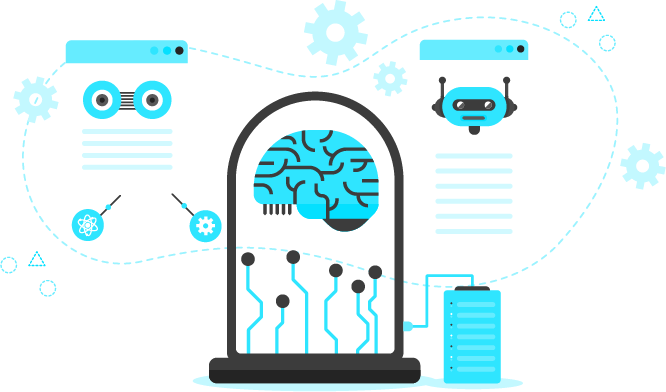
Moreover, at ATLS we couple this human knowledge with the strategic use of computer-assisted translation (CAT) tools, translation memories and bespoke multilingual terminology bases. This helps us to ensure utmost terminological consistency between related documents, shorten turnaround times and optimise resources without compromising on quality. In our model, technology does not replace the translator: it adds to them.
This hybrid approach, blending human expertise and technological efficiency, is the only reliable way to tackle projects as sensitive as translating a patent. Because there is no room here for guesswork, free interpretations or rough solutions. What is at stake is the legal recognition of an invention, the exclusivity of its commercial exploitation and, in many cases, the competitive advantage of a company in the global market.
That's why at ATLS we don't believe in shortcuts. We believe in professional excellence. And when it comes to protecting innovation through language, only a genuinely specialised translator can provide assurance.
Conclusion: AI is a tool, not a substitute
Artificial intelligence is here to stay, and its ability to optimise workflows, expedite processes and generate linguistic content in multiple languages is indisputable. In translation, these tools bring undeniable advantages when used on less complex texts for information purposes or purely internal goals. Their speed, immediate availability and affordability make them handy partners in some situations.
Yet it is essential to grasp that AI is not a one-size-fits-all solution. It has no professional judgement, it does not discern legal or technical nuances, and it does not take responsibility for the end result. In sectors where accuracy is everything, such as industrial property and in particular patent translation, what is at stake is not just a well-written text but rather the strategic value of an innovation, its legal protection and its commercial potential in international markets.
So at ATLS we stand by a straightforward principle: artificial intelligence is a tool which enhances human work but does not replace it. Instead of blindly relying on technology, we are committed to a model of excellence in which the knowledge and expertise of highly specialised translators are backed by the finest technological solutions in the industry. This synergy enables us to deliver patent translations with quality assurance, legal validity and technical rigour tailored to the regulations of each jurisdiction and the strategic needs of each customer.

Because when it comes to translating a patent, it is not enough for the text to "sound good": it has to be legally impeccable, technically accurate and terminologically consistent. And at present, that can only be ensured by an expert professional.
At ATLS we are well aware of this, which is why we continue to invest in what really makes the difference: human excellence supported by smart technology working for global innovation.
Protect your ideas with precision: translate your patents with experts, not algorithms
If your company needs to translate patents with the utmost technical and legal precision, leave nothing to chance. Choose a translation company with proven expertise and specialised resources. At ATLS we work with major industrial, pharmaceutical and technology businesses to ensure that their innovations are protected globally with translations which meet all legal standards.
👉 Contact us today and find out how we can help you protect your intellectual property in any language.
Frequently asked questions on how to translate patents:
Is it reliable to use AI to translate a technical patent?
No. While AI can generate acceptable translations for general texts, it is not suitable for specialised documents such as patents. These require absolute terminological precision, legal understanding and specific technical knowledge. A minor error can invalidate the legal protection of an invention. AI can assist, but not replace a specialised human translator.
What are the limitations of AI in patent translation?
AI lacks real understanding of the technical and legal context. It often makes terminological errors, introduces inappropriate synonyms and does not follow the specific drafting standards required by offices such as the EPO or the USPTO. It also does not assume legal responsibility for its results, which is critical in this type of document.
Can AI be used as support in the translation of patents?
Yes, as a support tool. AI can be useful for generating preliminary drafts or accelerating certain tasks within the process. However, the final review and validation must be carried out by a specialist translator, who can guarantee the legal, technical and terminology accuracy of the document.
Why is it so important that a human translates a patent instead of AI?
Because patents are legal and technical texts without any margin for error. Each term has legal implications. Only a human translator with training in industrial property and technical knowledge can ensure that the text is valid in different countries and meets the requirements of each patents office. AI alone cannot guarantee that.

